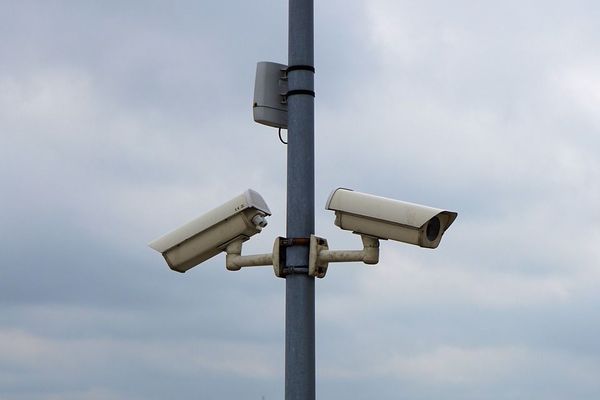
Scientists have given artificial intelligence (AI) the capacity to "feel" surfaces for the first time — opening up a new dimension for deploying the technology in the real world.
Tapping into quantum science, the scientists combined a photon-firing scanning laser with a new AI model trained to tell the difference between different surfaces imaged with the lasers.
The system, outlined in a new study published Oct. 15 in the journal Applied Optics, blasts a series of short light pulses at a surface to "feel" it, before back-scattered photons, or particles of light, return carrying speckle noise — a type of flaw that manifests in imagery. This is normally considered detrimental to imaging, but in this case the researchers processed the noise artifacts using AI — which enabled the system to discern the topography of the object.
"This is a marriage of AI and quantum," study co-author Daniel Tafone, a doctoral candidate at New Jersey's Stevens Institute of Technology, said in a statement.
The team used 31 variations of industrial sandpaper with roughness ranging from 1 to 100 micrometers in thickness — with the thickest roughly the width of a human hair. The researchers then set up the lidar system, which used a laser beam fired in picosecond pulses (1 trillion picoseconds is 1 second).
Pulses of light passed through transceivers, hit the sandpaper, then rebounded through the system for AI analysis. The back-scattered photons came from different points on the surface and were counted using a single photon detector.
The results achieved an average error of roughly 8 micrometers — but this improved to just 4 micrometers after the AI worked with multiple samples. This is roughly in line with the accuracy of profilometer devices currently in use.
"Interestingly, our system worked best for the finest-grained surfaces, such as diamond lapping film and aluminum oxide," Tafone said in the statement. These materials are often on sandpaper for specific application.
The scientists said that the new method could be used for various applications, including in medical contexts to detect the thickness of moles that may be the precursor to skin cancer.
"Tiny differences in mole roughness, too small to see with the human eye but measurable with our proposed quantum system, could differentiate between those conditions," Yuping Huang, director of Stevens' Center for Quantum Science and Engineering (CQSE), said in the statement. "Quantum interactions provide a wealth of information, using AI to quickly understand and process it is the next logical step."







